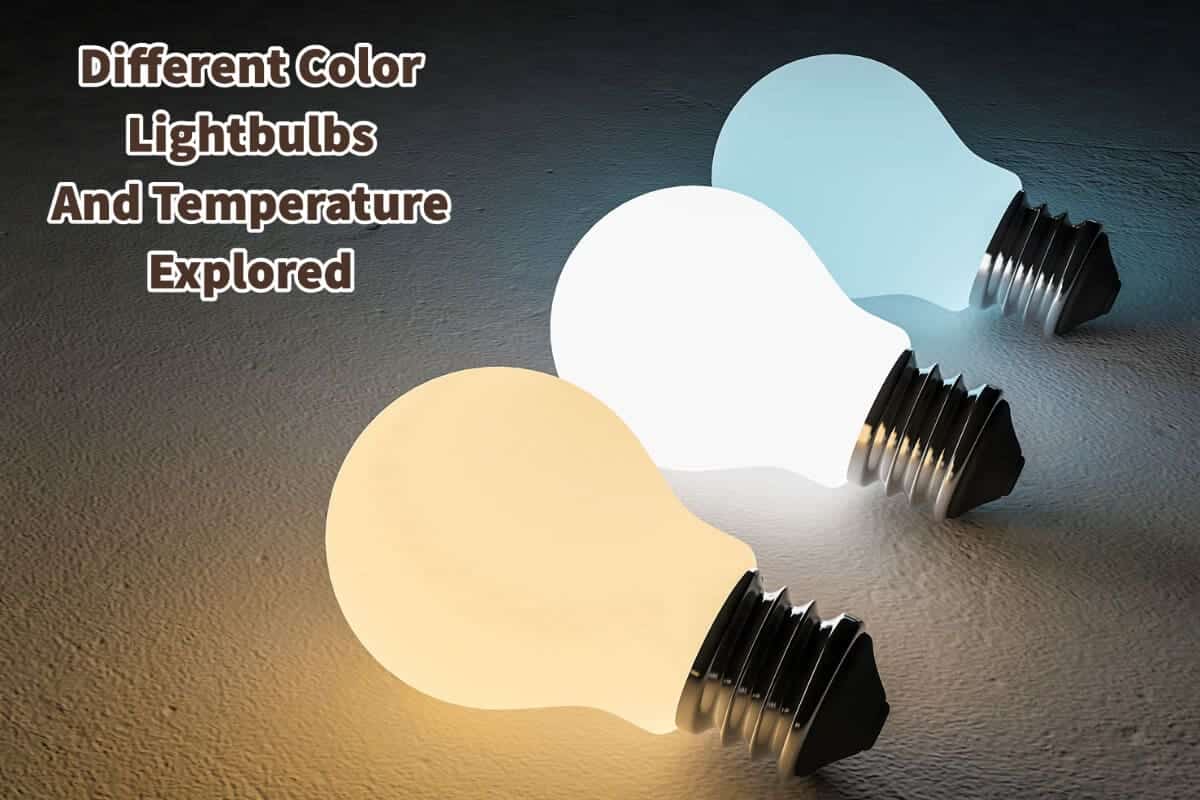For over a century, the standard color temperature of light bulbs has been the soft white glow of incandescent bulbs, creating a warm and cozy atmosphere in our homes.
Even with lightbulbs, changes have come, and there are different color lightbulbs. With advancements in lighting technology, we now have a plethora of options when it comes to the color temperature of light bulbs. Different color light bulbs offer unique characteristics and benefits, allowing us to customize the lighting in our spaces to suit our preferences and specific needs.
Table of Contents
- Why Lightbulb Color And Temperature Matters
- Understanding Color Temperature In Lightbulbs
- Impact On Ambiance And Mood And Different Color Lightbulbs
- Choosing The Right Color Temperature
- Color Temperature For Specialized Applications
- Related Content
Why Lightbulb Color And Temperature Matters
Lighting plays a crucial role in creating the ambiance and functionality of a space. From the cozy warm glow of a living room to the bright, energizing light in a workspace, the color temperature of light bulbs can significantly impact a room’s overall atmosphere and functionality.
With the advent of advanced LED technology, we now have access to a wide range of color temperatures, offering diverse options to suit different lighting needs. In this blog post, we will explore the importance of color temperature in light bulbs and how it can enhance various spaces in your home.

Understanding Color Temperature In Lightbulbs
Color temperature is measured in degrees Kelvin (K) and describes the appearance of light emitted by a bulb.
The color temperature scale ranges from warm, yellowish tones to cool, bluish tones. The three primary types of color temperatures for light bulbs are Warm White / Soft White, Bright White / Cool White, and Daylight.
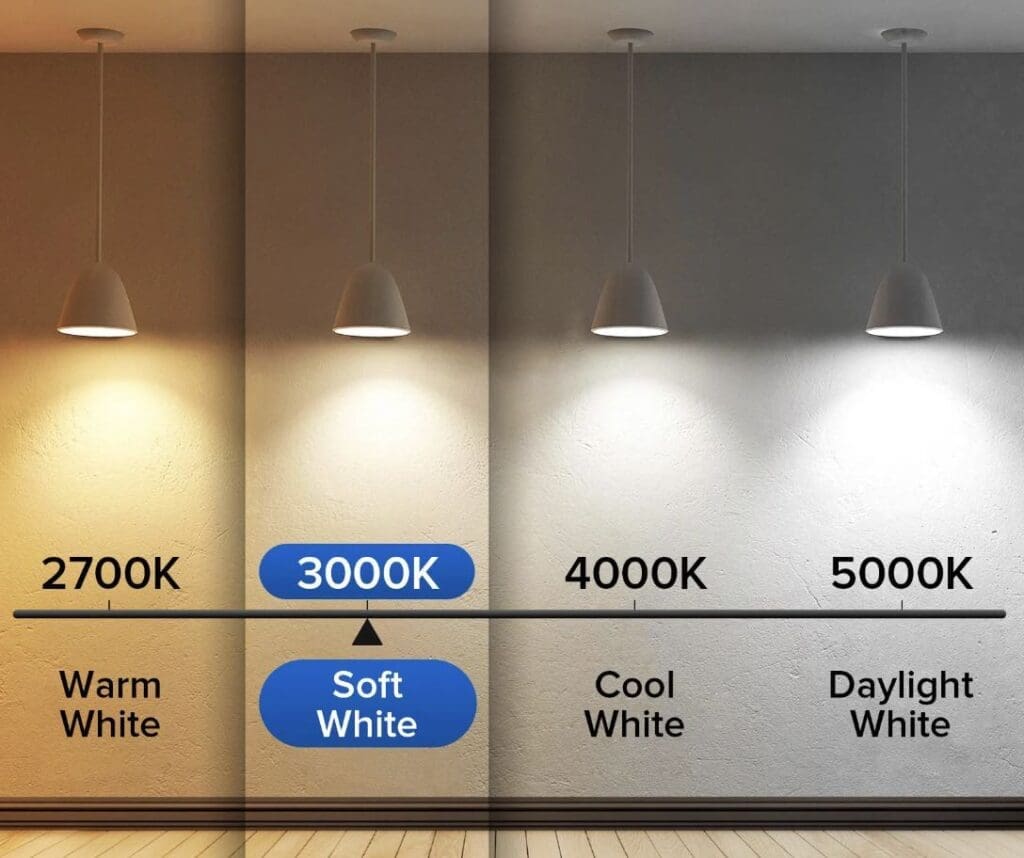
Warm White / Soft White (2700K – 3000K)
Soft White bulbs emit a warm, cozy glow reminiscent of traditional incandescent bulbs. They are best suited for living, dining, and bedrooms, creating a comfortable and relaxed ambiance.
Bright White / Cool White (3500K – 4100K):
Bright White or Cool White bulbs produce a whiter light that feels more energetic. They are ideal for bathrooms, kitchens, and outdoor spaces. In these spaces, the cooler light enhances visibility and creates a brighter environment, making tasks like food preparation, makeup application, and repairs easier.
Daylight (5000K – 6500K):
Daylight bulbs emit a bright, bluish-white light that simulates natural daylight. They are commonly used in office spaces, reading areas, workspaces, garages, and manufacturing sites. Daylight bulbs provide the greatest contrast among colors, making them suitable for tasks that require color accuracy, intricate projects, and reading.
Impact On Ambiance And Mood And Different Color Lightbulbs
The color temperature of light bulbs can significantly influence the ambiance and mood of a room. With their warm and cozy glow, soft white bulbs create a welcoming and relaxed atmosphere, perfect for areas where comfort and relaxation are paramount.
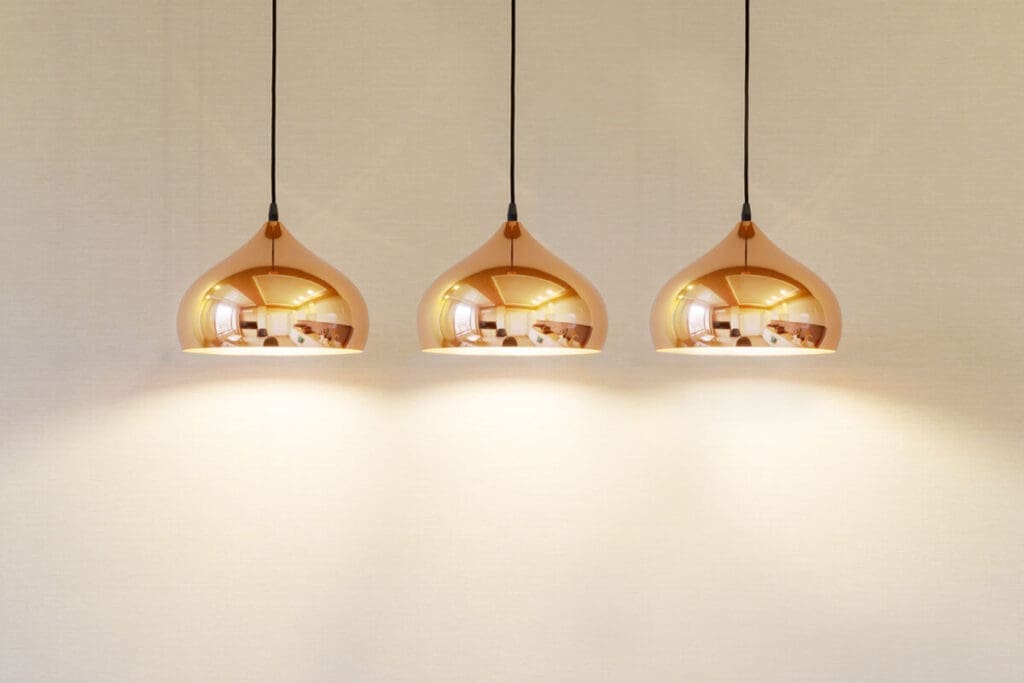
On the other hand, Bright White or Cool White bulbs emit a crisper and more invigorating light, ideal for areas with a brighter and more energetic feel. Daylight bulbs, replicating natural sunlight, offer a vibrant and focused light, enhancing productivity and alertness in workspaces.
Effects On Color Rendering
Color Rendering Index (CRI) measures how accurately a light source reproduces colors compared to an ideal light source, such as incandescent or natural light. The CRI scale ranges from 0 to 100, with higher values indicating better color accuracy. Different lighting applications may have varying requirements for CRI.
In settings such as retail stores, high CRI lights are crucial as they ensure that colors appear true and vibrant, enhancing product presentation.
On the other hand, applications such as factories or street lighting may prioritize factors like overall light output and cost-effectiveness over color accuracy, resulting in lower CRI values.
That is why if you have a retail showroom or are in a profession, you must match an exact color; most people are not concerned if they have CRI-valued lightbulbs.
Choosing The Right Color Temperature
When selecting light bulbs for different rooms in your home, it’s essential to consider each space’s specific requirements and activities. We have some recommendations, but there is no utterly right choice as it may be a personal preference for some people.
Here are some recommendations:
Living Rooms, Dining Rooms, And bedrooms
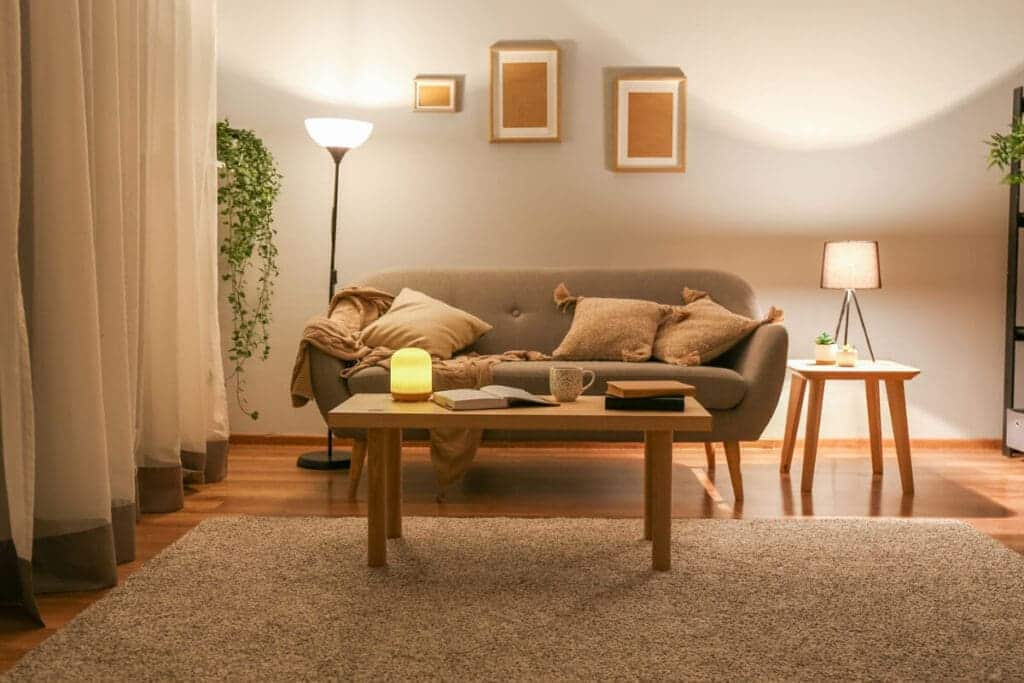
Warm White or Soft White bulbs (2700K – 3000K) are an excellent choice for areas focused on relaxation and comfort. They create a warm and inviting ambiance, perfect for winding down and spending quality time with loved ones.
Bathrooms, Kitchens, And Outdoor Spaces
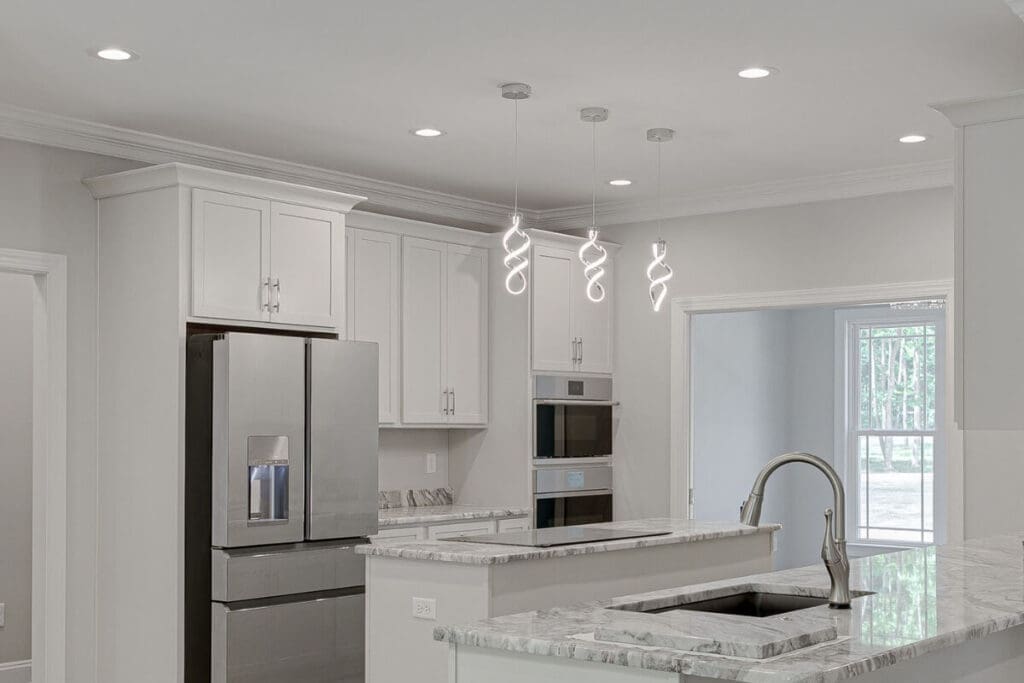
Bright White or Cool White bulbs (3500K – 4100K) work best in areas that require brighter, more energetic lighting. These bulbs enhance visibility, making tasks like grooming, cooking, and outdoor activities more accessible and efficient.
Office Spaces, Reading Areas, Workspaces/Garages, And Manufacturing Sites
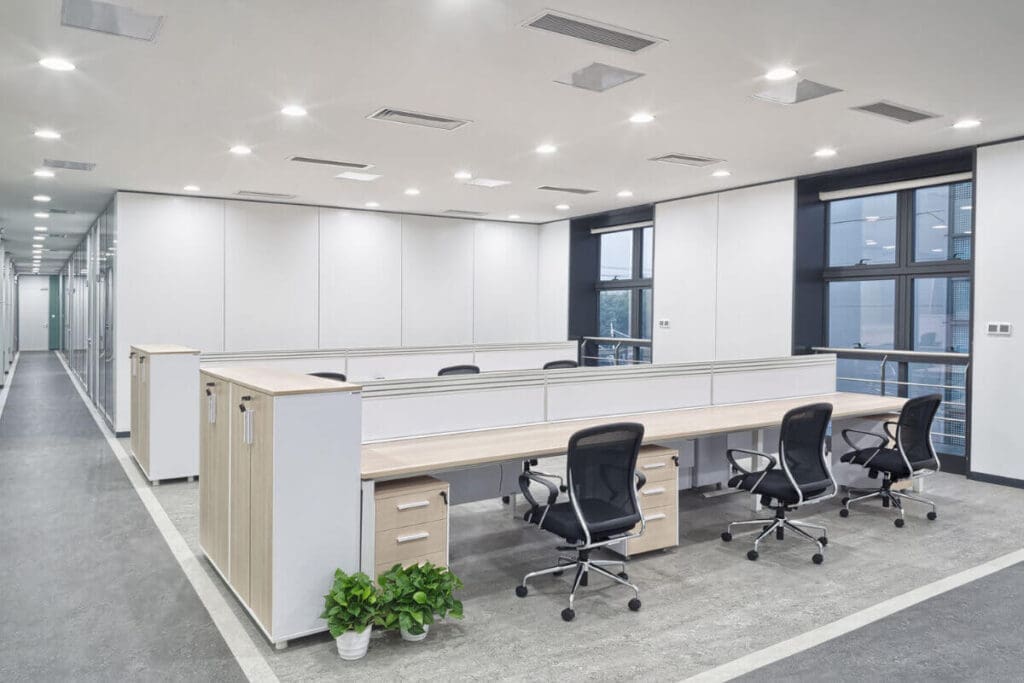
Daylight bulbs (5000K – 6500K) are ideal for spaces where accurate color representation and high contrast are essential. They provide a focused and vibrant light that helps improve concentration, productivity, and visual clarity.
Color temperature is a crucial factor to consider when selecting light bulbs for different areas of your home. The range of color temperatures allows you to create the desired ambiance and functionality in each space.
Soft White bulbs offer a warm and cozy atmosphere, while Bright White/Cool White bulbs provide a brighter and more energetic feel. Daylight bulbs replicate natural sunlight, offering high contrast and color accuracy.
By understanding the impact of color temperature and considering the specific needs of each room, you can create a well-lit and inviting environment throughout your home.
Color Temperature For Specialized Applications
Aside from the general recommendations for different rooms in your home, there are specific applications where color temperature plays a vital role.
Art Galleries And Museums:
In art galleries and museums, lighting is crucial to showcase artwork accurately. Optimal color rendering ensures that colors, textures, and details are faithfully represented.
A high CRI and a color temperature range of 3000K to 4000K are typically recommended to achieve this. This allows visitors to experience the artwork as intended by the artist, with true colors and accurate visual representation.
Retail And Display Lighting
For retail spaces, lighting plays a significant role in attracting customers and enhancing product presentation. The right color temperature can make merchandise appear more appealing, influencing purchasing decisions.
The choice of color temperature depends on the type of products being showcased. For instance, jewelry and high-end fashion items might benefit from a cooler color temperature (4000K to 5000K) to create a luxurious and sparkling effect. In comparison, warmer color temperatures (3000K to 3500K) can evoke a cozy and inviting atmosphere in clothing stores or home decor shops.
Hospitality And Restaurants Lighting
In the hospitality industry, creating the right ambiance is crucial for guest comfort and satisfaction. Restaurants, hotels, and cafes often choose warm color temperatures (2700K to 3000K) to create a cozy and inviting atmosphere.
Warm lighting enhances the dining experience, creating a relaxed and intimate ambiance. However, it’s essential to balance the warmth of the lighting with the need for sufficient brightness for reading menus and observing food presentation.
Outdoor Lighting
Color temperature can vary in outdoor lighting depending on the desired effect and functionality. Security lighting or pathways benefit from higher color temperatures (4000K to 5000K) to provide safety and visibility during the night.
On the other hand, outdoor entertainment areas or garden lighting may benefit from warm color temperatures (2700K to 3000K) to create a pleasant and inviting atmosphere.
Healthcare Facilities Lighting
Lighting is crucial to patient well-being and staff productivity in healthcare settings, such as hospitals or clinics. Natural-looking light with a color temperature similar to daylight (5000K to 6500K) can help create a calming and reassuring environment.
Additionally, adjustable lighting systems that mimic natural daylight patterns can contribute to maintaining a patient’s circadian rhythm, aiding in recovery and reducing stress.
Color temperature and colors are significant when choosing light bulbs for various applications. Understanding the impact of color temperature and lightbulb colors helps you consider the specific requirements of each space; you can create visually appealing and functional environments.
Whether lighting your home, a retail store, or a healthcare facility, selecting the right color temperature can significantly enhance the overall experience and achieve the desired atmosphere.
Remember to consider the Color Rendering Index (CRI) for applications requiring accurate color representation. Considering these factors, you can make informed decisions that optimize lighting for any setting.
If you want to see how Mondoro can help you with your Ul Certified lamp needs, we would love to talk to you about how we can help you.
Find out more about how Mondoro can help you create, develop, and manufacture excellent home decor and furniture products – don’t hesitate to contact me, Anita. Check out my email by clicking here or become a part of our community and join our newsletter by clicking here.
Mondoro gives out a FREE Lookbook to anyone interested. You can receive a copy of our latest Lookbook by clicking here.
Listen to our Podcast called Global Trade Gal. You can find it on all major podcast platforms. Try out listening to one of our podcasts by clicking here.
Subscribe to our Mondoro Company Limited YouTube Channel with great videos and information by clicking here.
Related Content
Differences Between UL, CSA, and ETL Certifications
The UL, CSA, and ETL certifications are all tested and produced up to the same standard and testing; they are all certified for use in Canada and the United States. One of the significant differences between the UL, CSA, and ETL marks is that UL certification is the most highly recognized certification.
You can discover more by reading Differences Between UL, CSA, and ETL Certifications by clicking here.
How Underwriters Laboratories (UL) Make Money?
Underwriters Laboratories make money from contributions and grants, servicing and other fees, and investment income. When you view their tax returns, you can see that they make money through their servicing and fee structure.
You can discover more by reading How Underwriters Laboratories (UL) Make money by clicking here.
Is The UL Rating Acceptable In Canada?
The UL rating is only for the United States and is not used in Canada, but Canada does have a rating called ULC or cUL, which is essentially the same as UL but has been approved for Canada. Canada also has a CSA rating that is essentially the same as the cUL rating used in Canada.
To find out more about the Is The UL Rating Acceptable In Canada? by, clicking here.

